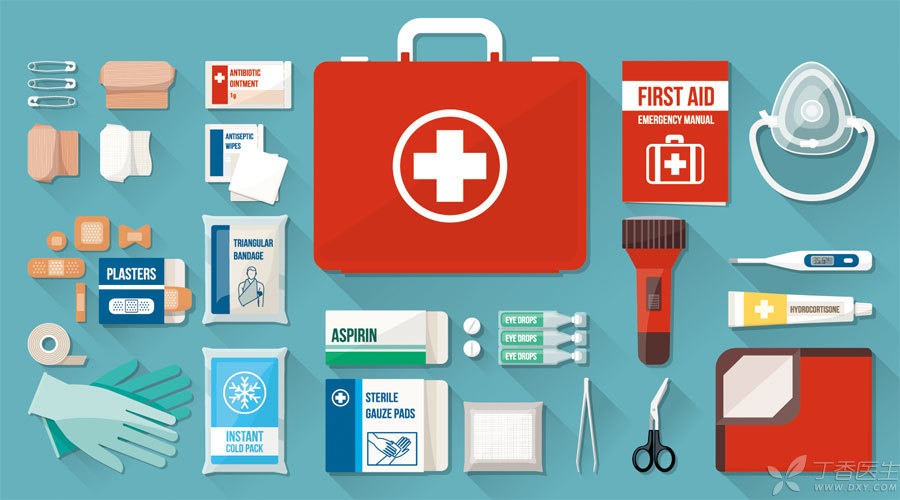
The nursing of the wound after the operation is very important. Correct nursing can promote the wound to heal as soon as possible.
Keep the wound dry
The most important principle of wound care is [keeping dry]. Covering the wound with dressings, regularly replacing dressings soaked by blood, and telling patients not to touch water are all to keep the wound dry. Because the growth of bacteria and other microorganisms requires water, keeping the wound dry can effectively prevent infection.
Closely observe for bleeding
The wound of thyroid surgery is in the neck. Once hemorrhage forms hematoma, it is easy to compress trachea, causing asphyxia and death. Therefore, the presence or absence of hemorrhage should be closely observed after operation.
This is not only the duty of doctors, but also an important task to accompany family members. If patients feel stuffy and have difficulty breathing, they should inform nurses and doctors in time.
In order to prevent the wound from forming hematoma, latex tablets are usually placed during the operation to drain congestion. Generally, within 1-2 days after the operation, the hemorrhage will basically stop and the drainage strip can be pulled out.
Even if the drainage strip is placed, it cannot be careless. After the operation, the doctor will still be ready to remove stitches. Once the patient has dyspnea, asphyxia and other abnormal conditions, the stitches can be removed in time to relieve hematoma compression.
Pain killers are available
On the day of the operation, after anesthesia, the wound pain is the most severe. Although pain does not directly affect wound healing, it will interfere with the patient’s sleep and appetite and affect the recovery of the disease.
The aim of medicine should be to relieve, not aggravate, the pain of the patient. If the pain is obvious after the operation, do not forcibly endure it. You can inform the doctor and use painkillers as appropriate.
Pay Attention to Body Temperature Changes
After the operation, there is usually mild fever. This is the normal reaction of the injured tissue absorbed by the body during the operation. After 5 days, the body temperature will tend to be normal.
If the body temperature still rises 5 days after the operation, accompanied by redness, swelling and scalding of the wound and aggravation of pain, we should be on guard against wound infection and suppuration.
However, two or three days after the operation, the wound will generally have some edema and the needle eye of the suture will be slightly red. This is a normal phenomenon and should be distinguished from infection.
Cooperate with doctors to change dressings correctly.
Dressing change is mainly the work of doctors, but it also requires the understanding and cooperation of patients and their families.
Step 1 Avoid artificial contamination of wounds
Some patients and their families, in order to see how big the wound is and how many stitches are sewn, will uncover the dressing on the wound by themselves, which will cause wound pollution. Other family members like to gather in front of the doctor to watch when the doctor changes dressing, which is also easy to cause wound pollution.
2. General wounds do not require [special medicine]
Patients often ask doctors to give medicine to the wound. They believe that smearing or spraying some special drugs on the wound after the operation can help the wound grow well as soon as possible.
In fact, the doctor said [dressing change] is disinfection, change the dressing, do not need to use other drugs. Only when the wound is infected or has granulation wound surface, the doctor will use [chlorhexidine] solution, hypertonic saline, [Shengji Powder] or Vaseline gauze to do special treatment according to the needs of the disease.
3. The more dressing changes, the better.
The number of dressing changes should be determined according to the exudation and growth of wounds, not the more frequent the better. When there is more bleeding on the dressing, dressing changes should be made in time to keep dry and prevent infection.
Too frequent dressing change is not good, but will become bad stimulation, which is not conducive to or even inhibits wound healing.
Itchy wounds are normal
During the operation, some invisible nerve endings were cut off. When the wound heals, new nerve fibers grow into scars, which are easily stimulated and produce itchy feelings. This is a normal phenomenon. This itchy feeling will slowly disappear naturally, and scratching should be avoided.
You can take a bath 2 days after removing stitches.
After the wound is removed, the sterile dressing can be used to protect it for a day or two, and the dressing can be taken off and bathed. At this time, the wound has basically healed, so it is not necessary to always wrap and cover it.
